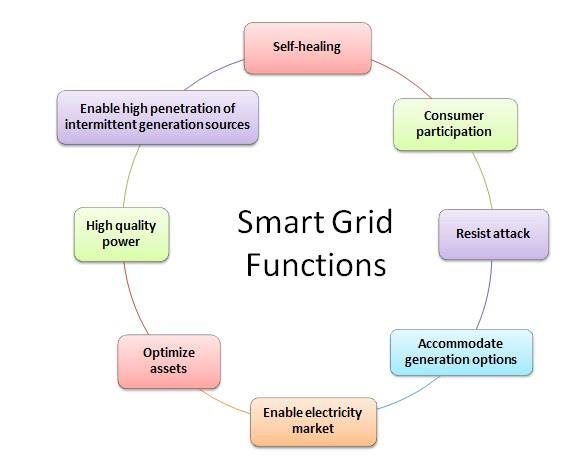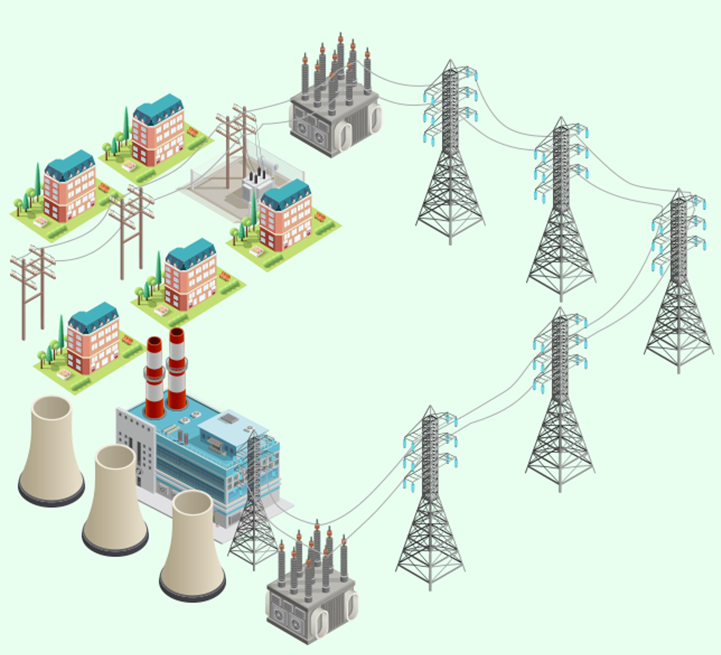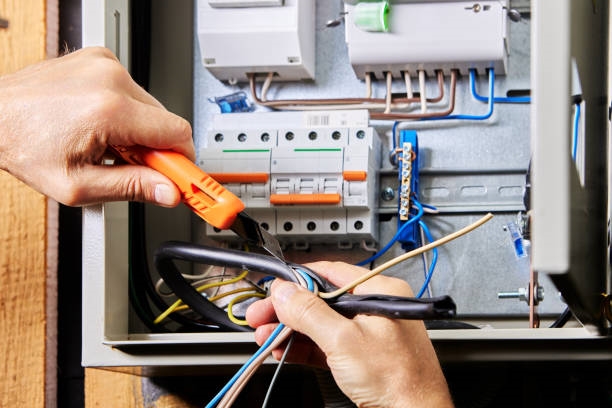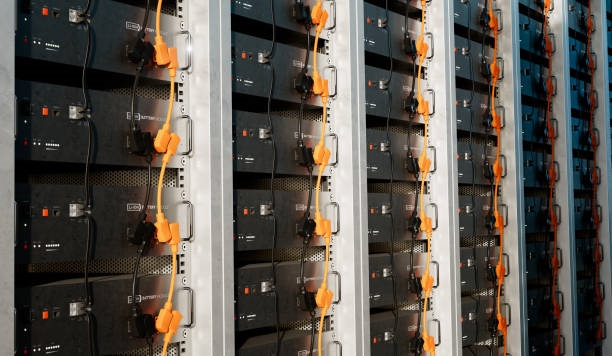Key functions of a smart grid
A smart grid is a power system centered on intelligent technologies. Its main functions include:
- Improved reliability: The smart grid uses intelligent control technologies to monitor and analyze the power system, enabling real-time detection of faults, anomalies, and issues, which improves overall system reliability.
- Optimized energy management: The smart grid supports continuous global monitoring and analysis of operational data, allowing real-time load balancing and optimization of energy use to reduce consumption and improve efficiency.
- Power regulation and allocation: The smart grid monitors and analyzes operating conditions and, based on external demand, applies dynamic regulation and other strategies to adjust and allocate power within the system while optimizing operational state.
- Intelligent interaction: The smart grid collects, analyzes, and stores data on movements, flows, and energy within the network, and converts it into personalized interaction information. This interaction improves user convenience and supports safer, more sustainable energy production.
- Power quality control: The smart grid monitors and adjusts power quality across the system, addressing issues at the source, including harmonic suppression and current and voltage stabilization, to ensure high-quality power supply.
- Safety and security: Smart grid designs incorporate physical protections and cybersecurity measures to maximize operational safety and system resilience.
- Environmental protection: By integrating various renewable energy sources, the smart grid can reduce environmental pollution and lower emissions associated with energy extraction and transmission, including carbon dioxide and other harmful gases.
Overall, the smart grid applies multiple intelligent technologies to deliver efficiencies in energy, environmental performance, safety, and reliability, and represents a key direction for power system development.
Differences between smart grid and microgrid
Although both are emerging concepts in power systems, smart grids and microgrids differ significantly in concept and application:
- Definition: A smart grid uses advanced communication, control, and computing technologies to monitor, analyze, and manage the power system for intelligent optimization and control. A microgrid is a small, distributed power system that coordinates multiple energy resources to supply a neighborhood or an independent site.
- Function: The smart grid focuses on system-wide indicators such as reliability, safety, efficiency, and environmental performance, using advanced computation and automated responses. The microgrid emphasizes renewable energy utilization, coordination among building energy systems, and local self-sufficiency.
- Scope: The smart grid addresses optimization and evolution across the entire power system, with a broad coverage. The microgrid is a localized, smaller-scale grid designed to meet specific local demands.
- Technical requirements: The smart grid demands higher support from modern communication technologies, big data computing, and internet infrastructure. The microgrid focuses more on reducing costs and increasing effective operating time of its equipment.
In short, the smart grid is a comprehensive solution at the power system level, while the microgrid is a localized, lower-cost, and lower-emission solution for specific sites. Both serve future-oriented power system needs but differ in concept and application scenarios.
 ALLPCB
ALLPCB








